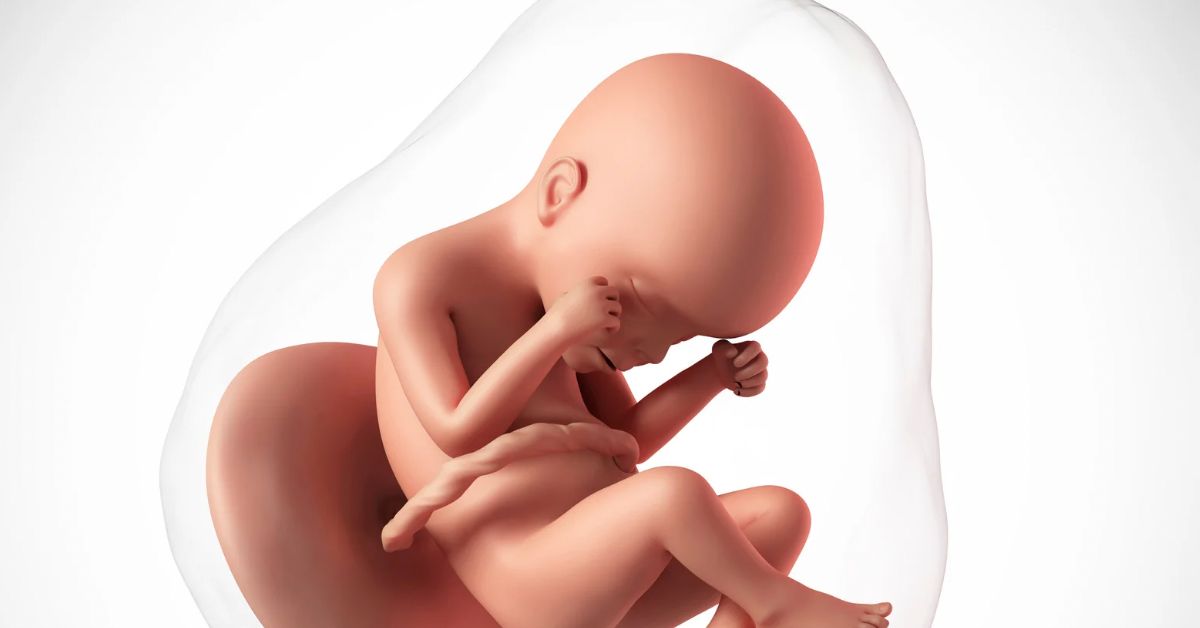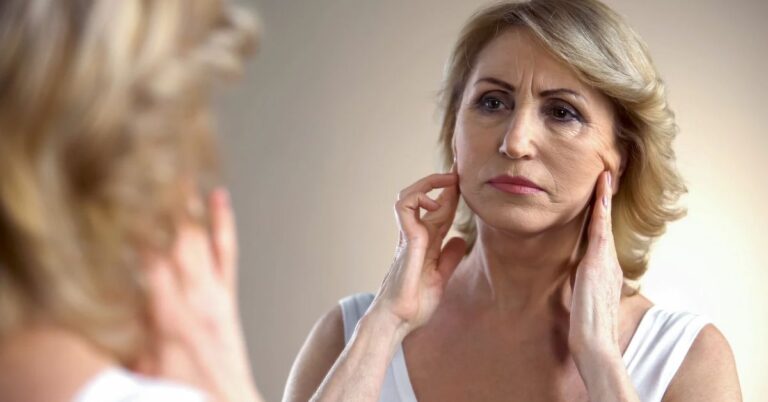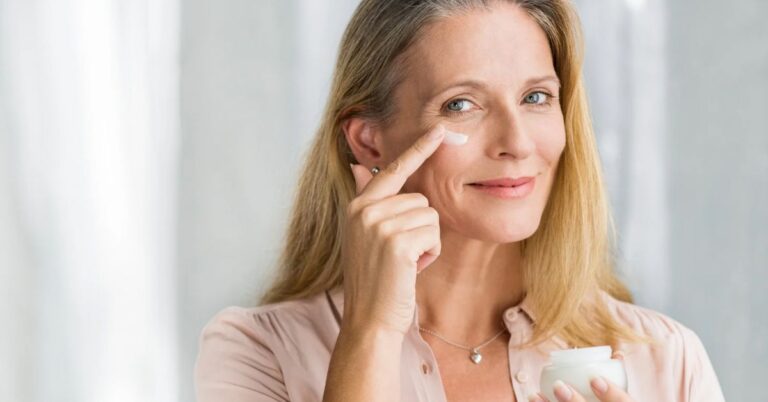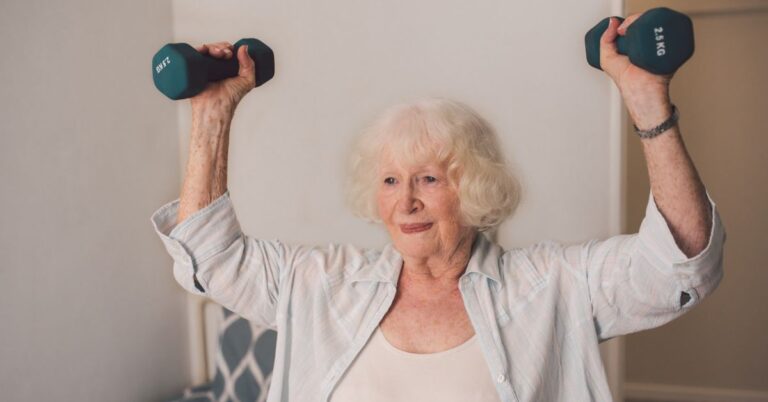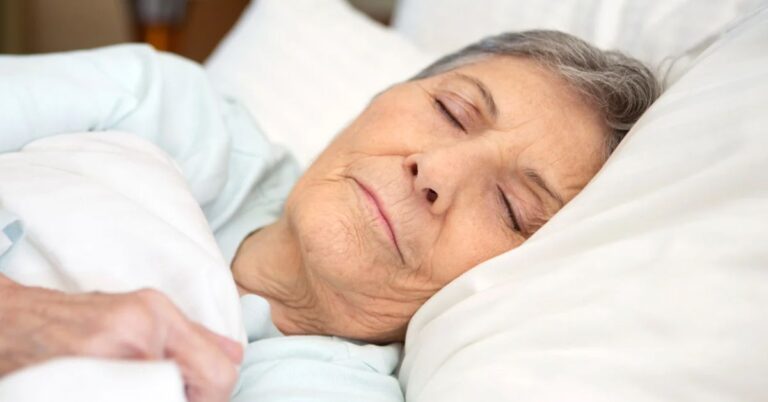How to Measure Your Biological Age at Home (And Lower It, According to Science)
Most of us track our age based on the calendar. However, what if your actual age, which accurately reflects your body’s health and aging rate, is biological rather than chronological?
Thanks to advancements in longevity science, it’s now possible to estimate your biological age at home, and more importantly, take steps to reverse it. Unlike your birthdate, your biological age provides insights into how well your body functions at the cellular level.
This assessment evaluates various factors, including inflammation, metabolism, DNA repair, and organ function. For instance, an individual aged 40 with a biological age of 30 exhibits a slower aging process compared to their peers and is consequently at a reduced risk for chronic diseases.
Ready to find out how your body is really aging? Here’s how you can measure your biological age at home and what experts say about lowering it naturally.
Expert Opinion: “Biological Age Is a Better Predictor of Health Outcomes”
“Chronological age is just a number,” says Dr. Kara Fitzgerald, ND, author of Younger You. “Your biological age tells you how your lifestyle is affecting your aging process. The best part? It’s not fixed you can change it.”
Dr. David Sinclair, a Harvard geneticist and esteemed aging researcher, concurs with this perspective, stating, “We have now acquired compelling evidence demonstrating that biological aging can be effectively reversed through the utilization of nutritional interventions, physical exercise, adequate sleep, and supplements that specifically target cellular repair mechanisms and epigenetic markers.”
Study Findings: How Biological Age Is Calculated
Biological age is typically determined using biomarkers objective indicators of health at the molecular and cellular levels. Research published in Nature Aging and Cell Metabolism shows that biological age can be assessed using:
- Epigenetic clocks (like the Horvath or GrimAge clocks), which measure DNA methylation changes associated with aging.
- Blood biomarkers, such as glucose, inflammation levels (CRP), cholesterol, and kidney function.
- Physical performance and grip strength, both linked to mortality and aging outcomes.
A 2023 study in eLife demonstrated that lifestyle interventions including diet, exercise, stress reduction, and sleep can reverse biological age by up to 3 years in just 8 weeks.
NIH: Epigenetics and Aging
Healthline: Biological vs. Chronological Age
Public Health Impact: Why Biological Age Matter
Understanding your biological age isn’t just for biohackers it’s a powerful tool for preventing chronic illness, improving longevity, and tracking your healthspan (how long you live in good health).
The CDC reports that 6 in 10 U.S. adults live with a chronic condition many of which are linked to accelerated biological aging, such as heart disease, diabetes, and cognitive decline.
By ascertaining your biological age and implementing targeted lifestyle modifications, you can mitigate your risk even before the onset of symptoms.
How to Measure Your Biological Age at Home
Although full DNA methylation tests are still conducted in laboratories, several at-home biological age tests have emerged, facilitating the assessment of one’s aging rate from the comfort of one’s own home.
1. Epigenetic Age Testing Kits
These are the most accurate at-home tests based on DNA methylation. Top services include:
- Tally Health – Measures epigenetic age and gives a personalized health plan
- TruAge by TruDiagnostic – Deep dive into your aging patterns and longevity risks
- Elysium Index – Offers a breakdown of biological vs. chronological age using saliva
Cost: $99–$500
Time to Results: 3–6 weeks
Learn more about epigenetic testing from Healthline
2. At-Home Blood Biomarker Tests
These analyze key longevity markers like:
- Fasting glucose and insulin
- hs-CRP (inflammation)
- Creatinine (kidney function)
- Cholesterol levels (HDL/LDL ratio)
Companies like InsideTracker and Thorne provide personalized health reports and biological age estimates.
3. DIY Health Metrics for Biological Age
Even without a test kit, you can estimate biological aging by tracking:
- Resting heart rate and HRV (heart rate variability)
- Grip strength and walking speed
- Waist-to-hip ratio
- Sleep quality
- Mood and energy levels
While not diagnostic, these can show whether you’re trending toward healthy or accelerated aging.
How to Lower Your Biological Age Naturally
Lowering your biological age doesn’t require extreme interventions. In fact, research supports five core lifestyle pillars for reducing aging markers:
1. Sleep 7–9 Hours Per Night
Quality sleep boosts cellular repair, hormone regulation, and inflammation control.
Mayo Clinic: Why Sleep Is Crucial for Health
2. Exercise Regularly
Strength training + cardio (especially zone 2 training) supports mitochondrial health, glucose regulation, and muscle preservation.
3. Eat an Anti-Inflammatory Diet
Focus on whole foods, leafy greens, omega-3s, and antioxidant-rich meals. Avoid excess sugar, alcohol, and ultra-processed foods.
4. Manage Stress
Chronic stress shortens telomeres and increases biological aging. Practice mindfulness, breathwork, or journaling daily.
5. Consider Evidence-Based Supplements
Talk to your provider about NMN, resveratrol, vitamin D3 + K2, and magnesium glycinate, which may support cellular health and aging markers.
You Can’t Change Your Birthdate But You Can Change Your Biology
Biological age is not a fixed destiny; it’s a dynamic marker that reflects the influence of lifestyle choices more than genetics. With the advent of new tools, it’s never been more accessible to measure your body’s true age and take proactive steps to reverse the aging process.
As Dr. Fitzgerald emphasizes, “You have greater control over your aging journey than you’ve been led to believe.
It’s not about halting aging; it’s about aging well.” By tracking and improving your biological age, you’re not only extending your life expectancy but also enhancing your overall well-being.
